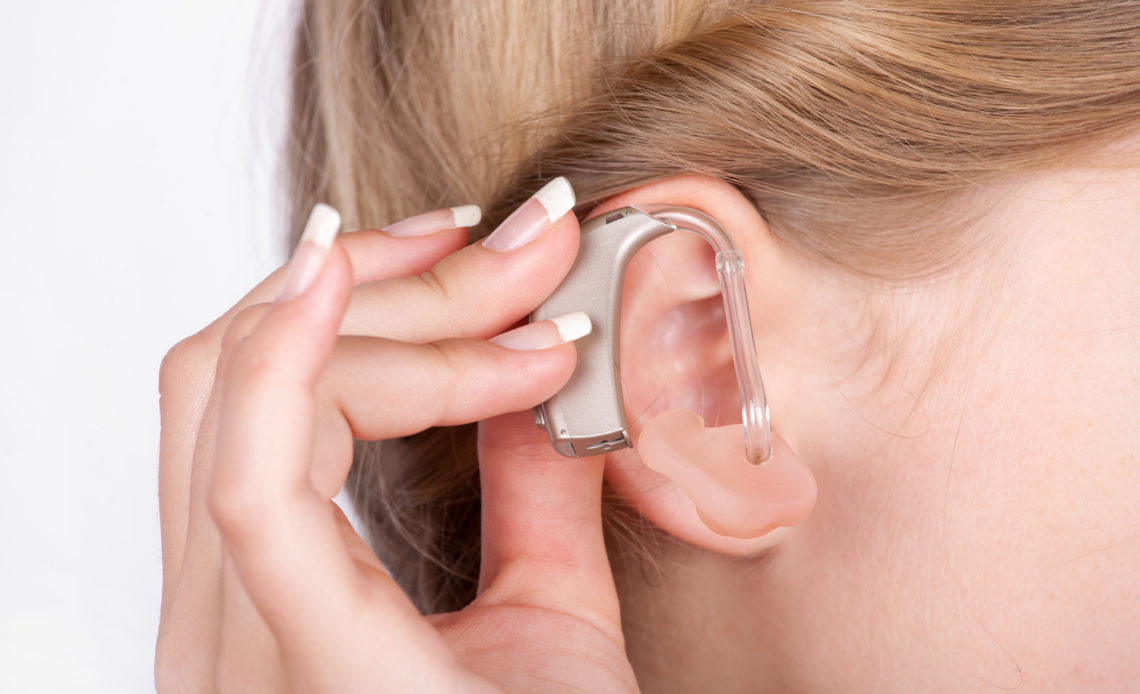
Buying a hearing aid can be overwhelming and stressful owing to ignorance about what you need, the process of getting one, what to look for and what to dismiss. We have cut through the noise to help you come to a decision that gets you a hearing device that suits you and your specific needs and lifestyle.
How Do You Recognize A Quality Device?
The market has a lot of brand options that come from five main manufacturers. Each hearing aid has so many features and technology levels that it might be difficult to zero in on what’s best for you. A good rule of thumb is to look for a device that enhances your hearing and adjusts to noisy environments to isolate conversations.
You want your hearing aid to have a high-level technology that can detect that you have moved from a noisy restaurant to your car and adjust accordingly. Disregard the bells and whistles (streaming music or fitness app updates) that come with some hearing aids: you don’t need them and they can be confusing.
Get A Good Hearing Test: An audiology exam conducted in person by a trained and licensed audiologist in a soundproof environment is key to getting a good hearing aid. The data from your hearing test will be used to program your hearing aid to very exact specifications. Do not order a hearing aid off of an online hearing test. These are not as accurate and will result in a faulty amplification of sound frequencies.
Choose The Right Type Of Hearing Aid: There are only two. The first type, The Behind-the-ear (BTE) includes the BTE Receiver-in-the-Canal (RIC) where the electronics are behind the ear but the speaker can be placed inside the ear canal via a thin wire. The BTE Slim Tube sends sound to the ear via a tube.
The RIC will offer a higher quality sound and won’t be damaged by ear wax. The other type of hearing aid is called an In-the-Canal where the whole hearing aid fits in the ear canal. Choose this if you want something discreet. However, remember that ITC’s can take a little getting used to since they can make you feel a little plugged up.
Additional Features To Consider
Dual Directional Microphones: These give you a 360-surround sound effect, which helps when someone is talking behind you. Depending on the self-adjust technology, a hearing aid can even enhance sounds coming from the front and reduce those coming from the back. This is especially useful while driving.
The Number Of Processing Bands Or Channels: A processing channel covers a range of sound frequencies. Each channel in your hearing aid is amplified specifically to the specification in your hearing test giving you what you require from good hearing. Audiologists program only up to 24 channels since the human brain cannot differentiate sounds from frequencies over a specific limit. That’s why it makes sense to go with a hearing aid that has 20 channels rather than 40. Lower end models have about eight channels.
